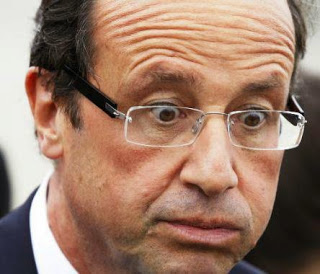
The US dollar is narrowly mixed. It opened Asia broadly higher in sloppy start of the session, which may have been linked to a technical glitch that led to a four-hour delay of the electronic futures trading. Still, the driving force was the divergent trajectory of monetary policy underscored with the Jackson Hole speeches.
The dollar had reached almost JPY104.50, the euro and sterling slumping to almost $1.3185 and $1.6500 respectively. The foreign currencies mostly recovered, with sterling turning positive in early Europe, which sees London markets closed for a banking holiday. The dollar also shed its gains against the yen, returning to the JPY104 area. Â
The euro is the notable exception. Not only is there heightened speculation that the ECB is moving toward quantitative easing, but also disappointment with the German IFO survey saw the euro make a marginal new low. It was the fourth consecutive month that the IFO survey moved lower and the economists there warn that the German economy may be stagnating this quarter. Not only did the sentiment deteriorate, after all the market was prepared for that, but the results were worse than expected. The headline business climate measure fell to 106.3 from 108 in July. The consensus was for 107. Geopolitical issues were recognized to be playing a role, but it was acknowledged that this is difficult to quantify. Â
Even the euro has pared its losses. It is trying to establish a foothold above $1.32 prior to the start of the North American session. Resistance is seen in the $1.3210-40 area.  A move above $1.66 for sterling would be a constructive development, and could spark further short-covering. However, the $1.6620-50 could pose a formidable obstacle.Â
The heightened prospect of an ECB QE , which Draghi and others did not explicitly endorse, has sparked a strong rally in European bonds. Core bond yields off 4-5 bp and peripheral bond yields off mostly 9-12 bp, though Portugal’s 10-year yield is off more than 20 bp and is now below 3%. Â

